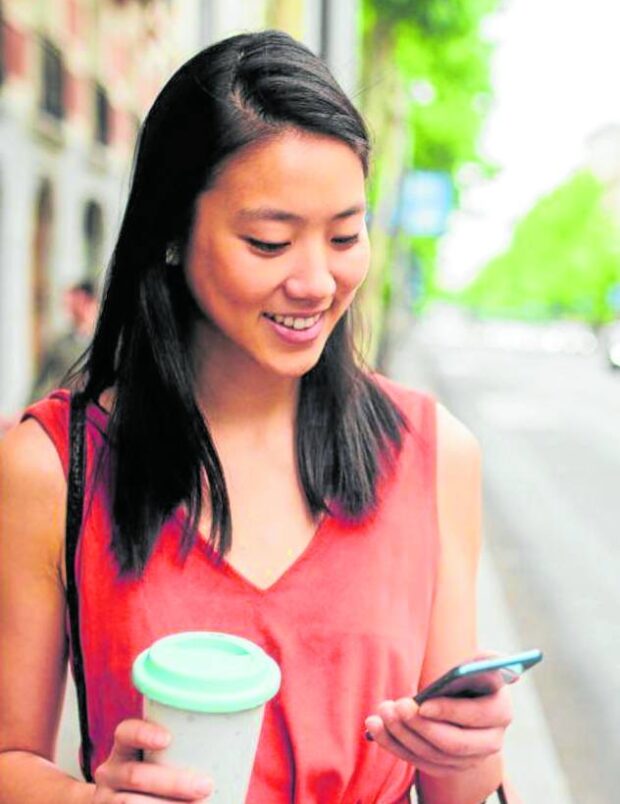
Seven out of 10 Filipinos use apps to remit money. —Contributed photo
The world has been riding the digital wave since the pandemic forced individuals to adapt to the virtual platforms in the palm of their hands. Among them are financial apps that have become widely popular as these make payments and money transfers convenient.
In a study by Visa titled “Money Travels: 2023 Digital Remittances Adoption,” 71 percent of Filipinos are choosing to remit money via app-based solutions. The Philippines is known for being one of the top recipients of remittance inflows in Asia-Pacific, owing to its millions of overseas workers.
“This new research shows incredible acceleration of digital payments and how consumer expectations of speed and ease of use is underpinned by the demand for better security,” Visa head of new payment flows in Asia-Pacific T.R. Ramachandran says.
Globally, 57 percent of the money senders are also using digital apps to accomplish their transaction, making it the preferred method among consumers.
The global average is lower compared with users in North America with 60 percent to 70 percent preference, followed by Saudi Arabia with 69 percent and United Arab Emirates with 65 percent.
App-based solutions have gained further adoption due to convenience as well, with Visa noting these platforms make sending money on a regular basis easier.
After all, users just need to input pertinent details and tap a few times on their mobile devices to deliver money. No need to visit physical money remittance stalls.
About 77 percent of Filipinos, according to the study, receive remittances “at least a few times per year.”
“Remittance habits are also changing with ease of use and better technology—we are seeing remittances being sent and received in less than a day in Asia-Pacific, spurring increased frequencies,” Ramachandran explains.
“Beyond livelihoods, we are also seeing more remittances made in support of key life milestones, such as funding college education, making investments for the long term or saving for an overseas property purchase,” the Visa official adds.
In addition, app-based digital payments are deemed as the most secure way of sending remittances, the study points out.
Security issues
However, a recent incident involving the country’s biggest e-wallet brand may bring a different opinion. Numerous complaints about unauthorized deductions in the users’ account balances flooded social media platforms recently, although these were addressed immediately.
“The recent incident has surely raised questions about its safety as a financial tool. Every Filipino who has a digital wallet, or is thinking of getting one, has become suddenly worried about security,” Yeo Siang Tiong, general manager for Southeast Asia at Kaspersky, tells the Inquirer.
Still, he explains that e-wallets are safe “for the most part” but this does not mean they will not be subject to digital threats anymore. Yeo, as such, says e-wallet service providers must step up cyber defenses.
Among Visa’s global remitters is Maya Philippines, the digital bank backed by tycoon Manuel Pangilinan.
“At Maya, we understand the critical role that remittances play in the daily lives of countless Filipinos and their families. That’s why we’re working with companies like Visa to help promote innovative cross-border money transfer services,” Maya Group president Shailesh Baidwan says.
“By leveraging the Maya app, including Maya Bank, to facilitate fast, secure and low-cost remittance, we’re meeting a vital need in making transactions safer and more convenient,” he adds.
According to Bangko Sentral ng Pilipinas, personal remittances from overseas Filipinos increased by 2.4 percent to $2.86 billion in February from $2.79 billion a year ago as land- and sea-based workers sent more money home. Bulk or 41.6 percent of the remittances for the period came from the United States, followed by Singapore (7.3 percent), Saudi Arabia (5.5 percent), Japan (5.3 percent) and the United Kingdom (4.7 percent).